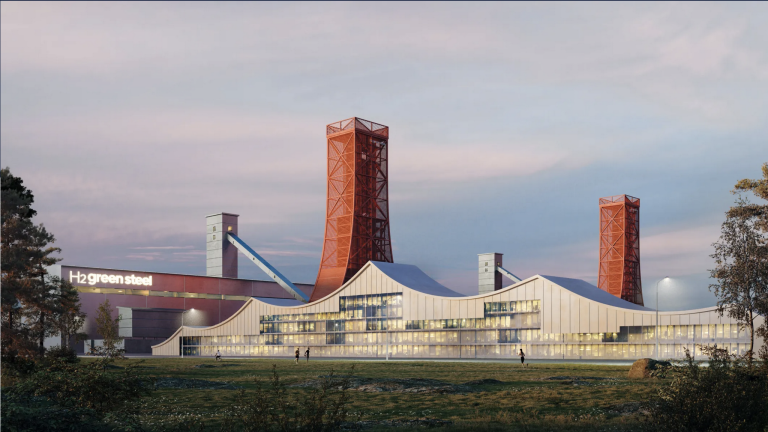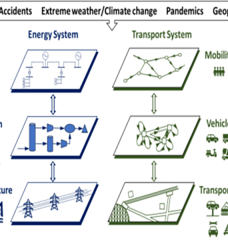
Last July, H2 Green Steel broke ground on what could become the world’s first commercial-scale clean steel factory, marking a milestone in its quest to reinvent one of the world’s dirtiest industrial sectors.
The startup says the factory in Boden, Sweden, will produce 2.5 million metric tons of steel by 2026, while cutting carbon dioxide emissions up to 95% compared with traditional steel mills. It says it has already lined up customers for about half that supply, including BMW, Mercedes, and the agricultural giant Cargill.
Steel is made by removing oxygen from iron ore and adding other metals as well as carbon, producing an alloy strong and resilient enough to keep skyscrapers and bridges standing. But the most common method of steelmaking releases huge amounts of carbon dioxide. The planet-warming gas is generated from the coal-derived coke used to extract the oxygen from the iron, from other chemical reactions during the process, and from the fossil fuels burned to heat the furnaces.






